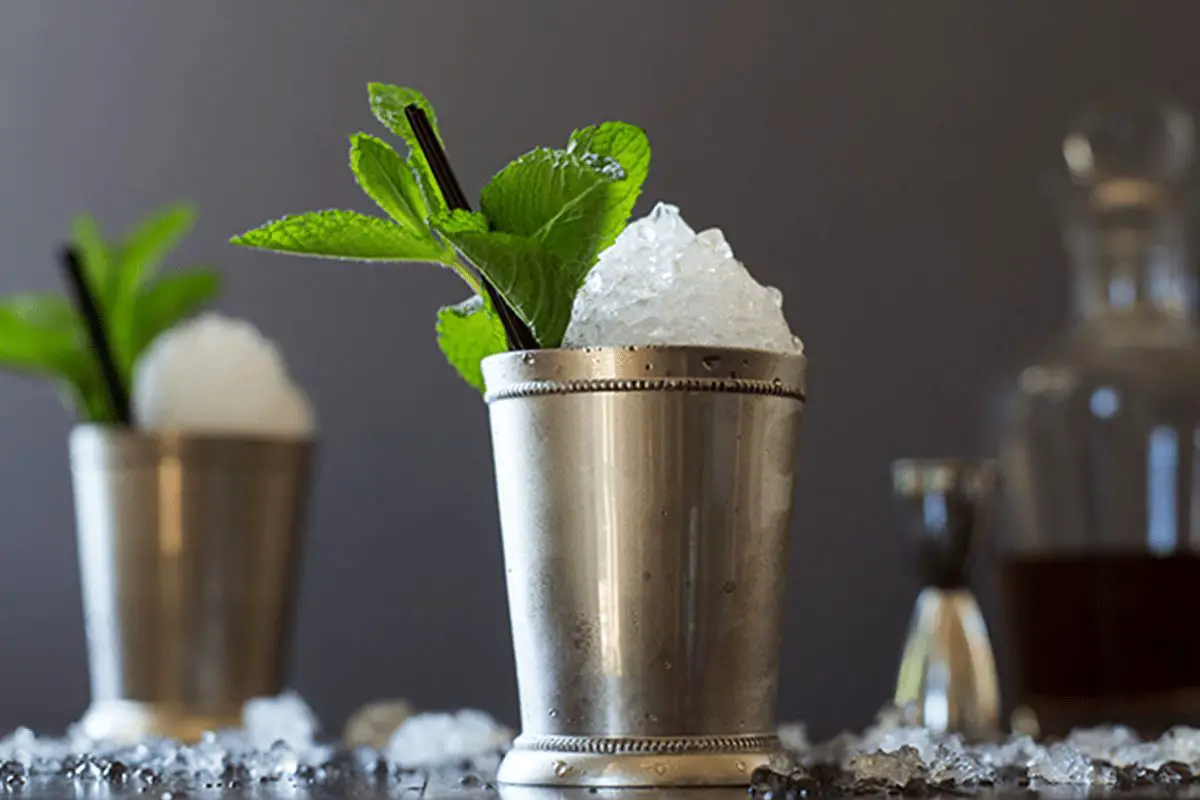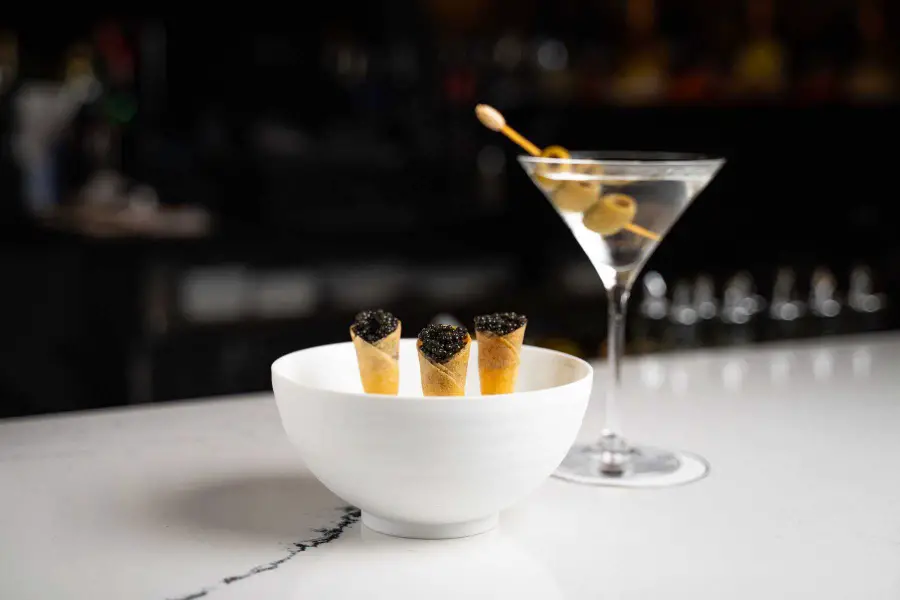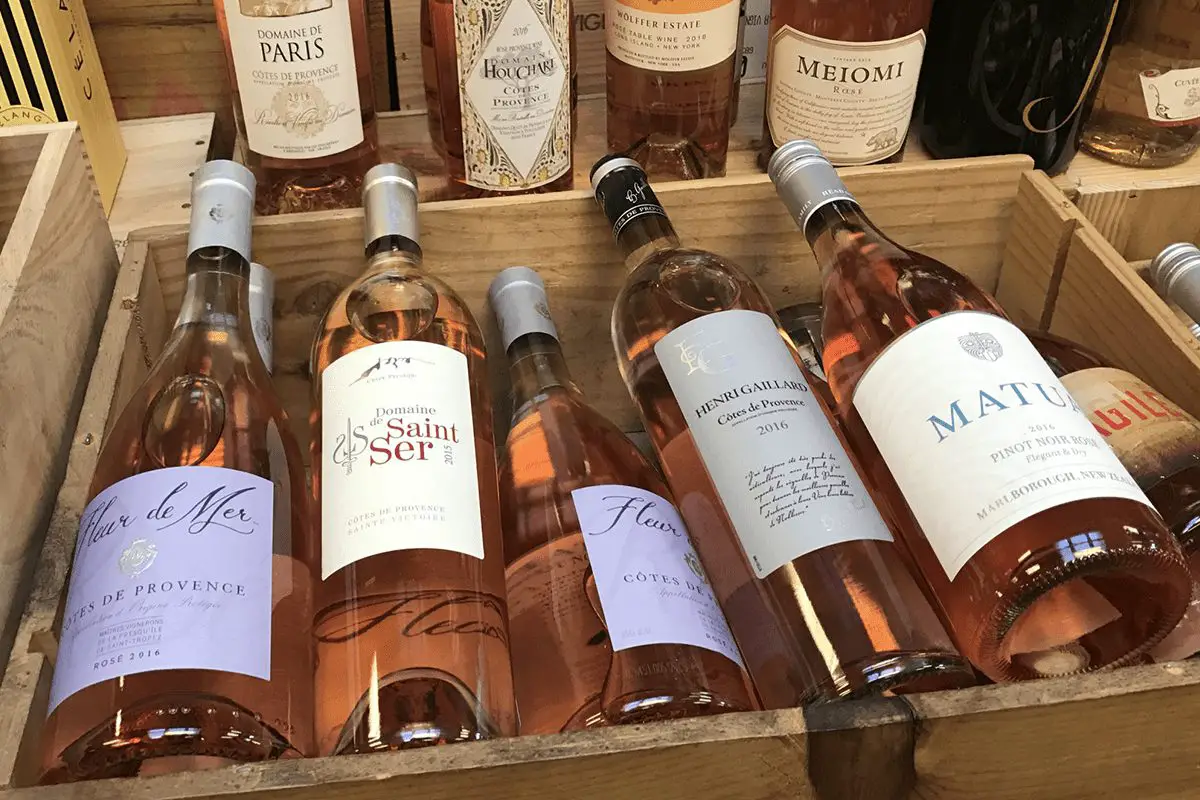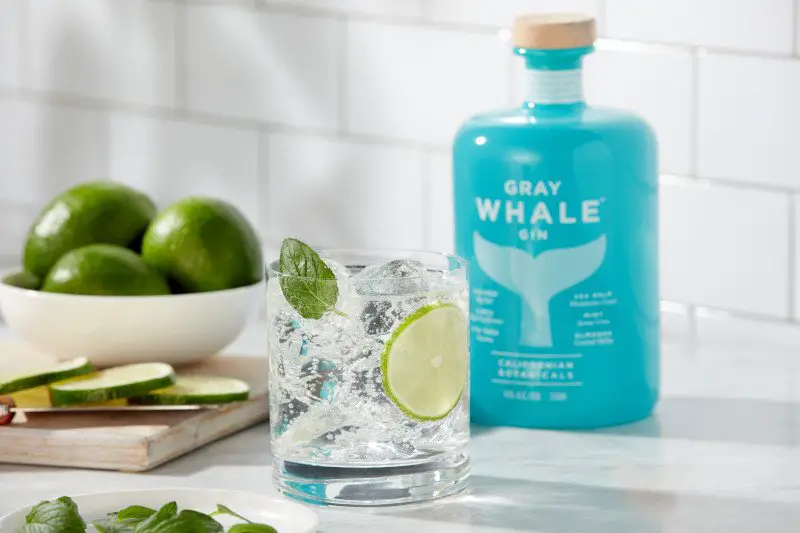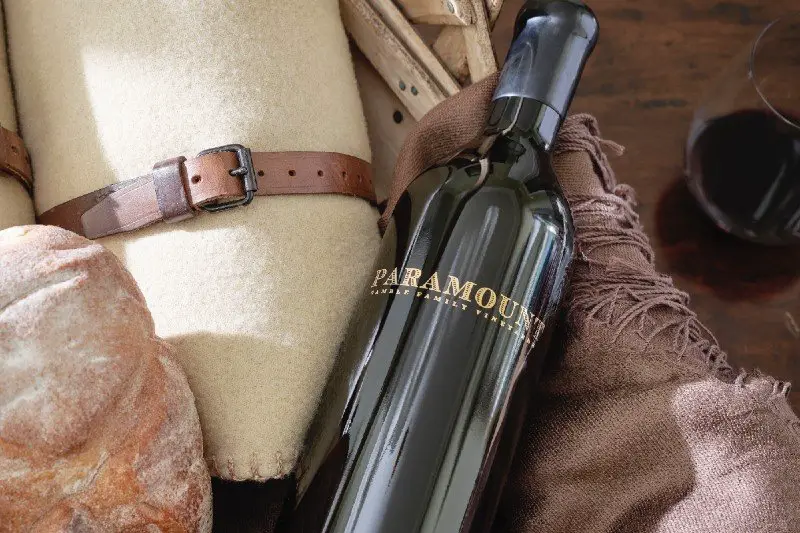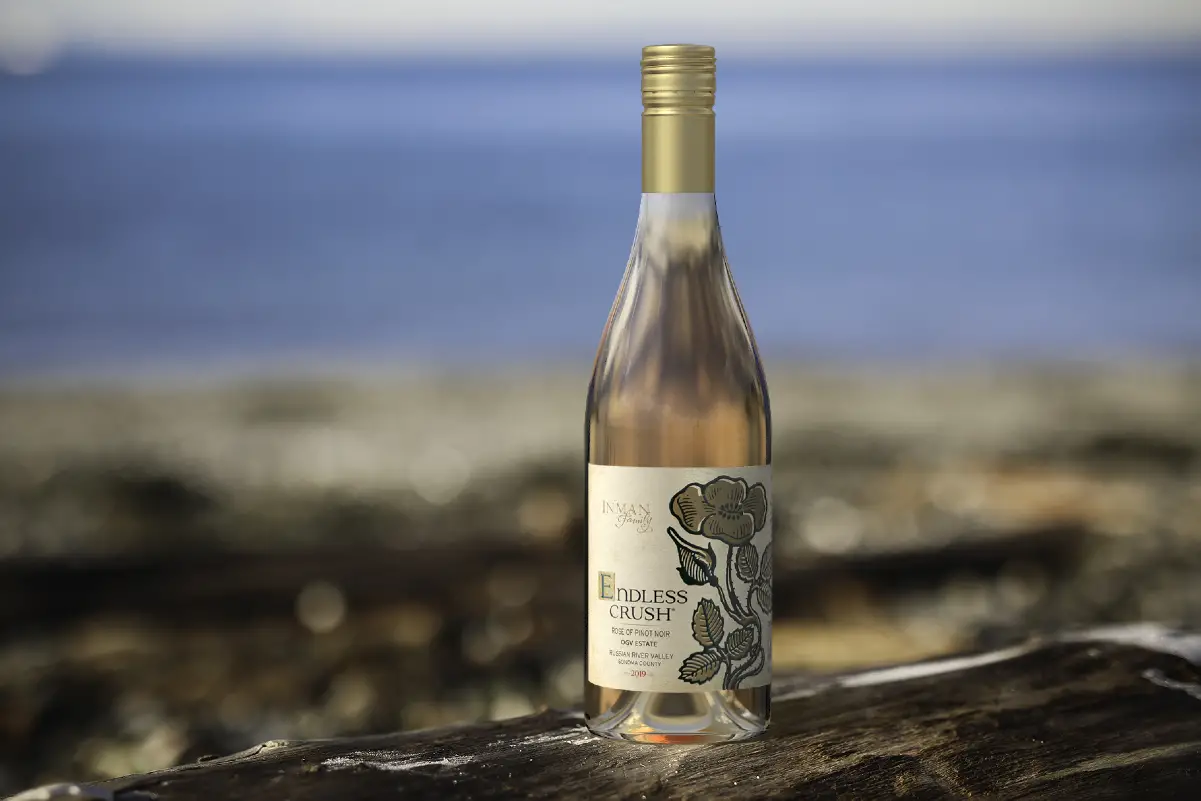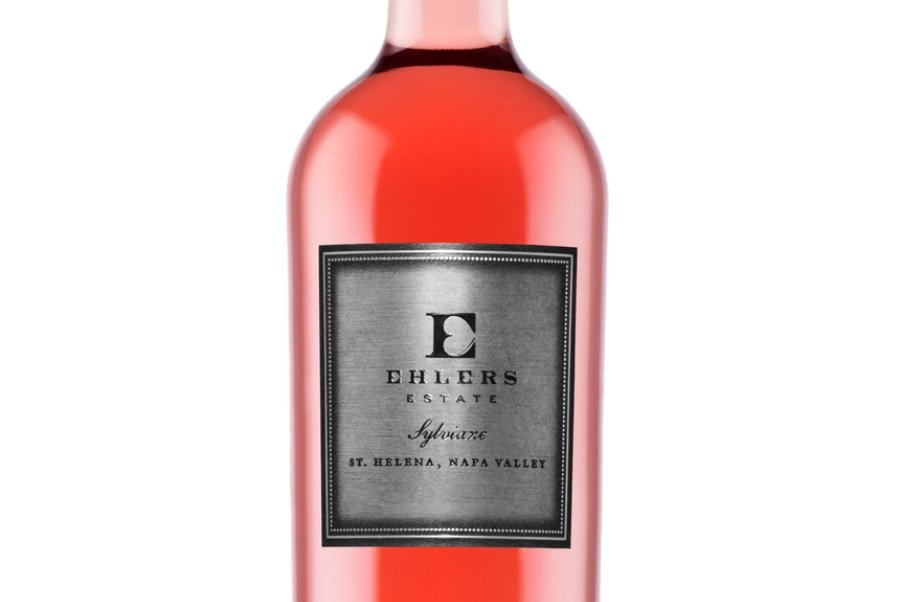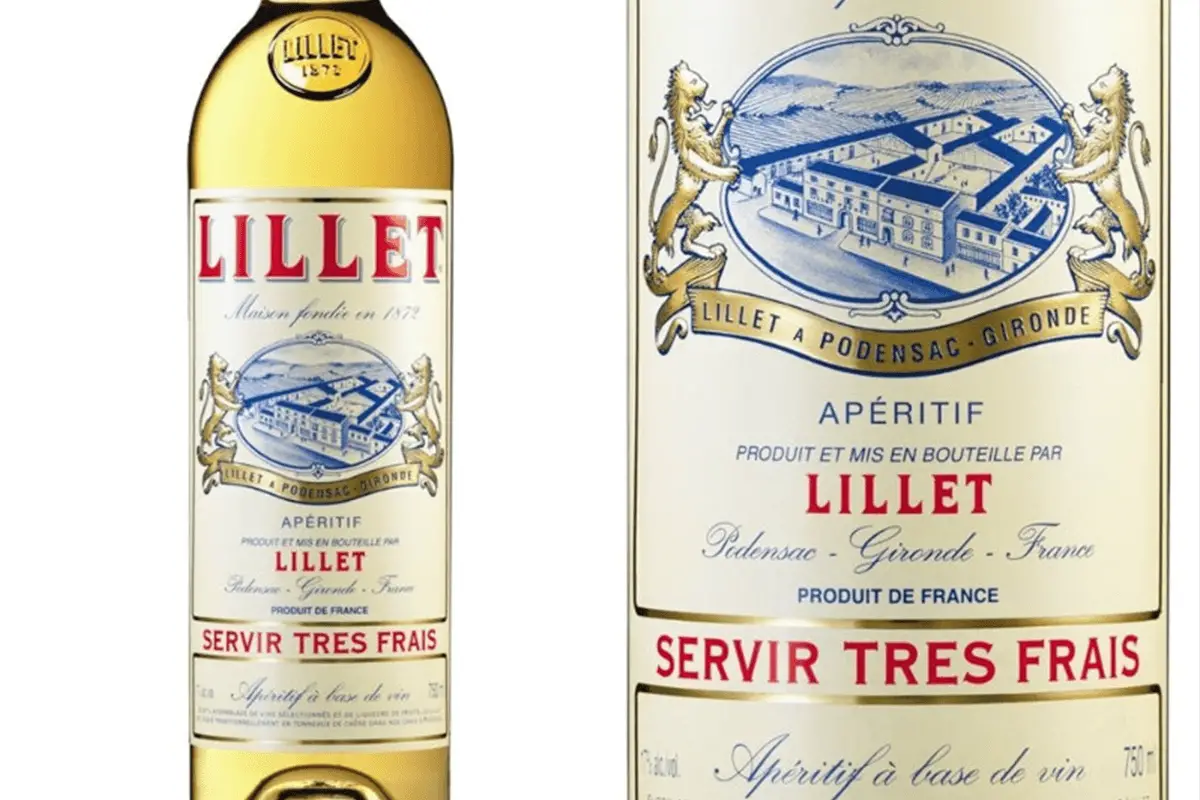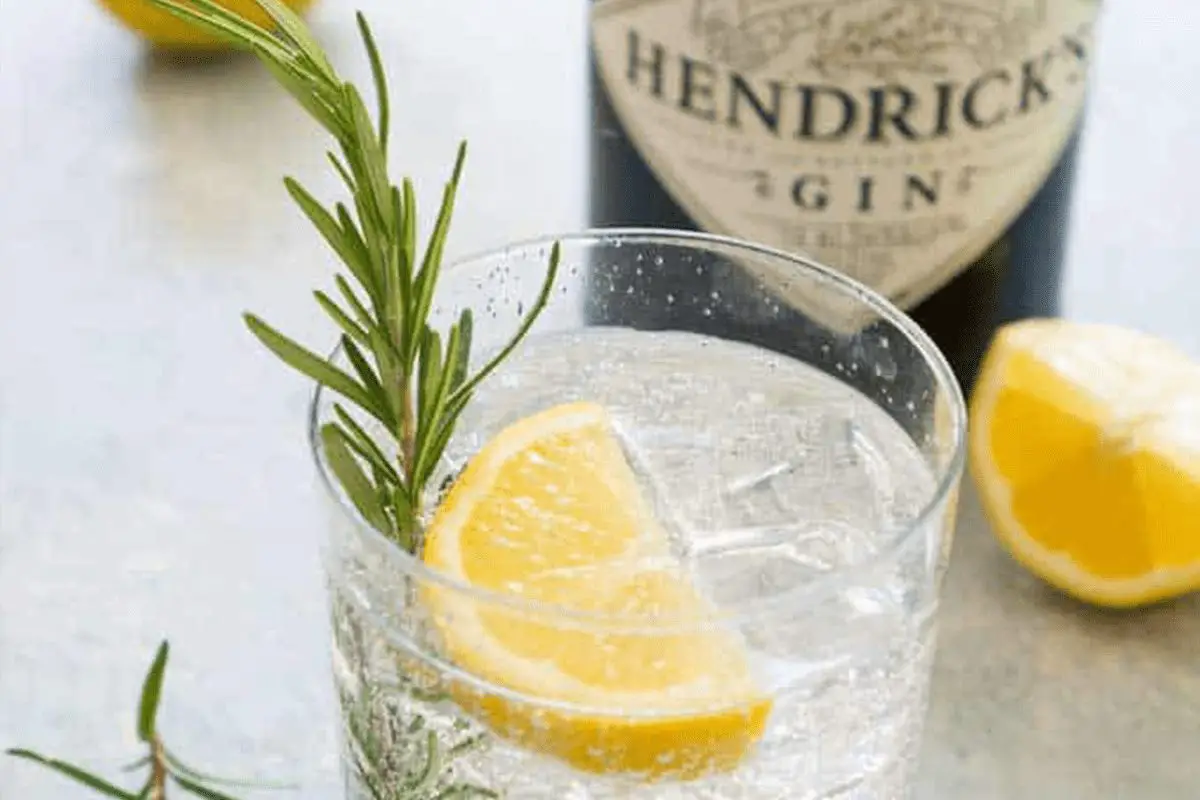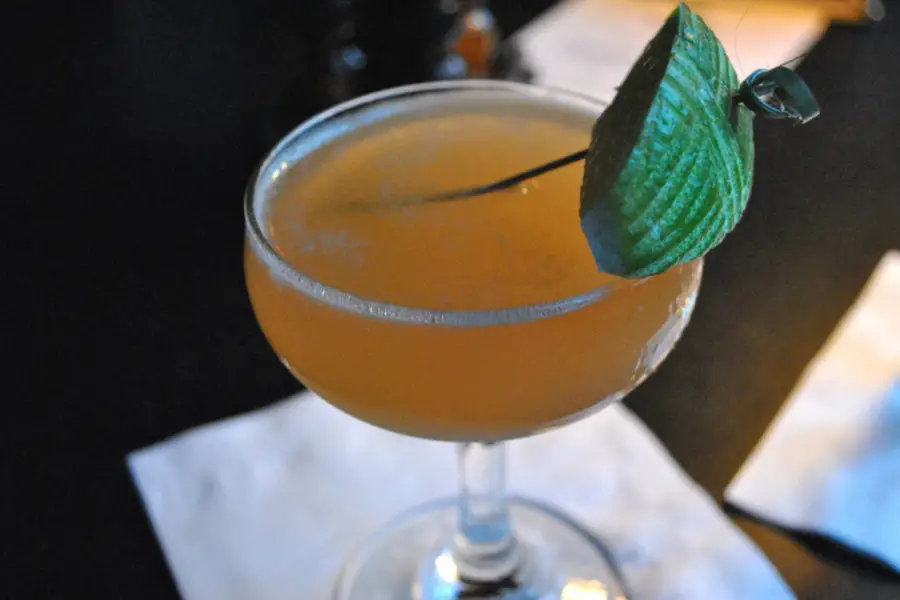At one point there were many juleps. It was a whole class of fruity drinks, with offshoots, cousins, and icy branches. The word itself descends from the Arabic julab, which means rosewater, and has come to refer to seasoned water, fruity water, or boozy-fruity-water. Continue reading
 Best Martinis in NYC
Best Martinis in NYC
two fifteen, PUBLIC Hotel
215 Chrystie St, New York, NY 10002
Sexy bar and lounge two fifteen inside PUBLIC Hotel (a collaboration between Ian Schrager and Khan, who partnered at Rose Bar at the Gramercy Park Hotel in 2006) is featuring a version of Espresso Martini topped with golden coffee beans, and created by Award-winning Master Mixologist Charlotte Voisey, who also created the cocktail menu at Rose Bar. If a classic cocktail is calling you, don’t miss the Rose Gold Vesper, reimagined with extra body, gin, vodka, lillet rose and white port.
You can’t have a martini list about New York City without including Bemelmans Bar in The Carlyle Hotel. This iconic property is know for their decadent martinis and live music, and draws a crowd of socialites, trendsetters and celebrities. The martini selection includes MADELINE’ S VESPER (Bombay Sapphire Gin, Grey Goose Vodka, Cocchi Americano Vermouth),



The Standard Grill at The Standard, High Line
848 Washington St, New York, NY 10014
The iconic Standard Grill has been a mainstay in the Meatpacking District since its opening, and remains a hotspot for downtown dining. Celebrate National Martini Day on the outdoor patio of The Grill sipping the S.G. Gibson, a savory London Dry Gin Martini offered two ways – onion or dill pickle. If you choose the onion, the team adds the long-standing hotel recipe for cocktail onions alongside a few dashes of house-made caramelized onion infused vermouth. For the Dill Pickle option, a Dill Pickle brine is added from ‘The Good Pickle’, alongside Dry Vermouth and Dill Aquavit.
Located in the East Village, this lively cocktail bar from founder Evan Hawkins serves up top-tier cocktails in an unpretentious atmosphere. Try the Romeo’s Gin Martini, made with London Dry Gin, Blanc Vermouth, and Romeo’s unique Strawberry Red Onion Mignonette, or the Romeo’s Espresso Martini, a blend of espresso, coffee cordial, smooth vodka, dark rum, and topped with Hazelnut Cappuccino Foam.
 The Real Rosé Season Starts Now
The Real Rosé Season Starts Now
Don’t wait till Memorial Day to load up on your favorite rosé—many won’t still be around!
Most people, when they think of rosé, think of the enjoyment it can bring on a hot summer day. Personally I love the salmon colored elixir anytime of year though warm summer weekends certainly lend themselves the most. Continue reading
 Shoulder Season Wines to Welcome in the Fall
Shoulder Season Wines to Welcome in the Fall
The term “shoulder season” is most commonly used in the travel business, referring to a period of time between the high and low seasons of a vacation destination. In the wine world, a similar transitional period exists when the changing of the seasons can cause our preference in wine to change. Continue reading
 5 Beautiful Bottles of Booze for Your Home Bar
5 Beautiful Bottles of Booze for Your Home Bar
With spring here, no doubt you need a bar refresh with interesting, light libations. Here are a few bottles we love for your home bar this spring:

Gray Whale Gin
This consciously crafted spirit is the perfect gin for any occasion. Made with six sustainably sourced botanicals that can be found along the gray whale’s 12,000-mile migration path, Gray Whale Gin gives back through a partnership with Oceana- the world’s largest organization for ocean conservation. Corn-based and Gluten-free, it’s like sipping California sunshine in a glass.

iichiko shochu
Japanese spirit iichiko shochu has released a beautiful, limited-edition bottle inspired by cherry blossom season. The light, rich flavor comes from the use of exceptionally soft, iron-free water that is naturally filtered through 1,000 feet of volcanic rock and emits a pleasant nose of white peach, golden plum, and sea breeze. Traditionally enjoyed with food, iichiko can also be served either on the rocks or in cocktail form, like a chu-hi (or shochu highball), mixed with soda and fruit juice. Only 600 units of the limited edition are available on Drizly, Reserve Bar, and select stores nationwide.

Kástra Elión

Equiano Rum
Expand your rum horizons with the addition of award-winning Equiano Rum, the world’s first African and Caribbean rum. The premium aged rum is a limited batch blend from one of the best-emerging distilleries in the world, Gray’s in Mauritius, and the world-renowned Barbadian distillery – Foursquare. 100% natural rum, with no spices, no additives, and no added sugar, this unique spirit also gives back 5% of global company profits to ground-level freedom and equality projects annually.

Jefferson’s Ocean Aged At Sea® Rye Whiskey
Every home bar needs a whiskey, and the newest addition to the Jefferson’s Ocean family is a rye that has been aged at sea. The liquid is a fully mature rye whiskey that was double-barreled (75% in char 3 barrels and 25% in toasted barrels) and then placed on ships to travel around the world as part of the unique finishing technique for which the Ocean series is known. With the barrel combinations, find hints of marshmallow and toffee on both the nose and palate, accented by leather and tobacco with a long, lingering finish of spices and cinnamon. $79.99
This article was originally published on Pursuitist. Republished by permission.
 2017 Gamble Family Vineyards Paramount
2017 Gamble Family Vineyards Paramount
As we move into the middle of spring and the weather across the US (and northern hemisphere) begins to warm up, it is only natural for people’s wine tastes to change.
Rosé reasserts itself after a long winter’s nap and white varietals begin to fly off the shelf too. For those that prefer red wine, regardless of the weather or occasion or food pairing, it seems only natural to favor the softer, more delicate varietals, like Pinot Noir. But if you love Bordeaux varietals and simply will not be satiated with anything else when there’s juicy meats coming off the grill, you might find a nice Bordeaux style blend from Napa Valley to be the perfect fit.
Blends, which typically include Cabernet Sauvignon, Merlot and Cabernet Franc (and to a lesser degree Petite Verdot and Malbec) can offer the ideal balance in a red wine and they pair nicely with grilled meats, barbecue and other stuff you might be cooking as the weather warms. Also, blends from the new world typically offer brighter fruit than their French counterparts which further helps them pair nicely with a variety of foods, including your Memorial Day smorgasburg of burgers and sausages and steaks.
I was lucky enough to recently try the 2017 Gamble Family Vineyards Paramount ($90), a blend of Cabernet Sauvignon, Merlot, Cabernet Franc and Petit Verdot sourced from the Gamble family’s vineyards in Oakville and St. Helena and it was delicious.
Greater than the sum of its parts, the final blend for the 2017 Paramount was drawn from fruit grown on nine different vineyard sites stretching the length and breadth of the Napa Valley. With the intention of allowing each variety to express its unique terroir and character, Winemaker Jim Close ferments each wine separately. At the core of this blend is Oakville Cabernet Sauvignon from Gamble’s Knoll-top vineyard and St. Helena Cabernet Franc, which harmonizes with Oakville Merlot from just below Gamble’s Family Home vineyard and Petit Verdot grown on the slopes of Mount St. Helena.
Of course, high pedigree vineyard sites don’t magically make great wines. You need a great wine maker—which they have—as well as a keen understanding of how to farm the land and yield great fruit…responsibly. At the heart of the winery’s regenerative farming approach is owner Tom Gamble, a third-generation farmer, who purchased his first vineyard in 1981. Over 20 years later, he started Gamble Family Vineyards with the goal of celebrating the distinct Napa Valley terroir he had come to know and love. A strong believer that wine is a gift from the earth, Tom takes a holistic approach when caring for his vineyards and the surrounding land.
The 2017 Paramount is deftly balanced—bold yet approachable—with just enough oak and the kind of soft tannins you expect from a top tier Napa Valley blend. Dark fruits—raspberries, black currants, plum—explode out of the glass, giving way to mocha and vanilla notes on the long, long finish. This wine has just enough acidity to make it a wonderful food wine, yet is soft enough to enjoy on its own or casually with some hard cheeses and charcuterie.
Still prefer white wines this summer? Gamble also makes one of the best Sauvignon Blancs in Napa Valley. Their “Heartblock” Sauvignon Blanc ($90), while pricey for the white varietal, is a benchmark for quality Sauvignon Blanc in Napa Valley.
 Inman’s Endless Crush Rosé of Pinot Noir
Inman’s Endless Crush Rosé of Pinot Noir
If you read my article on Ehlers’ Rosé—made from Cabernet Sauvignon and Cabernet Franc—then you may recall my affection for new world rosés. Yes, the classic Provence style, driven primarily by Grenache and Cinsault (Syrah and Mouvedre to a lesser degree), will likely reign supreme for a long time—both in terms of market cap and perceived authenticity (what a rosé should taste like in most people’s mind). And in the dog days of summer this style of rosé is usually what I look for too. But rosé as a segment of the wine market is unique in its sheer size and endless possibilities. Remember, you can make rosé out of almost any red varietal—from a single varietal or a blend of several. This is why the number of rosés on the shelf of your local wine merchant has probably grown over the years. They are everywhere and constantly evolving.
One varietal that has proven to work well for rosé is Pinot Noir. However—and this is key—it depends on the region. You don’t see many rosés coming out of the Côte-d’Or in Burgundy, for example. Yet this region is world famous for Pinot Noir. So why so few rosés? Rosé needs very ripe, bright fruit to achieve the kind of flavor profile that people have become accustom to—in my opinion. That’s not to say some earthiness is not also a key factor in making quality rosé. Provence has both, but it’s the warm climate in the south of France that is paramount. When I think of wine regions of the world that have the kind of soil to grow world-class Pinot Noir but also have plenty of sunshine, California and Oregon come to mind above all other regions. Particularly California.
Inman Family Wines
Established in 2000 with the planting of their Olivet Grange Vineyard in the heart of the Russian River Valley, Inman Family Wines is the result of Kathleen Inman’s love of Pinot Noir and the soil that produces it. Since her first small vintage in 2002, she has been an ardent supporter of non-interventionalist winemaking practices, ignoring the critically acclaimed riper-style and leading the movement towards more subtle, nuanced wines with a sense of place.
The 2019 Endless Crush Rosé of Pinot Noir, OGV Estate
The 2019 Endless Crush Rosé of Pinot Noir, OGV Estate is no exception to these practices and reflects the winery’s success with “intentional” or “direct-to-press” rosés. Some rosés are made as a by-product of red wine by bleeding off some of the juice early in the production process to create a higher ratio of skin to juice, which concentrates the resulting wine. Whereas rosés made “intentionally,” rather than simply by drawing off the free run juice, tend to have greater complexity and structure because the entire grape is used.
As you might expect this wine has flavors of a classic rosé as well as the alluring, delicate flavors of a premium Russian river Pinot Noir. Strawberries and raspberries intermingle with stone fruits (peach and apricot)—held up with great minerality. This wine is indeed a result of the “direct-to-press” approach with good complexity and layers of flavor that last a while on the finish.

 Ehlers Estate Rosé
Ehlers Estate Rosé
Like a lot of people who enjoy a glass of rosé as the weather warms, I like the classic style that the Provence region of southern France is known for—light salmon color, dry, with a slight earthiness. That’s not to say, however, that the wine has to be from Provence in order to achieve this style. Put a bottle of Wollfer Estate (Eastern Long Island, NY) in a blind tasting line-up and you’ll likely fool some people who might peg it for Provence or Bandol in the south of France. Regardless of its origins, this style of rosé is very quaffable, very popular and very available. And for years this has been my default style. But rosés, which can be made from almost any red grape varietal, come in a lot of different styles. So why not branch out.
I recently tried Ehlers Estate’s Napa Valley Rosé (“Sylviane”) made from 60% Cabernet Sauvignon and 40% Cabernet Franc and was pleasantly surprised. While a number of Napa wineries do a rosé, most are merely a fun experiment. A warm-up wine to include in the tasting line-up for people visiting the winery. After all, Napa Valley does not exactly lend itself to rosé, at least not from a traditional standpoint. In my article, “The Real Rosé Season Starts Now” I highlighted a couple of California rosés that I love—Beckman’s Grenache Rosé and Bonny Doon’s Vin Gris De Cigare. The former is 100% Grenache and the latter is a blend, comprised (typically) of Grenache, Grenache Blanc, Carignan, Cinsault and Mouvedre. Notice a pattern here? Both of them use Rhone varietals (which are also prevalent in Provence to the south), mimicking the French style. And both are delicious. But that doesn’t mean wineries in Napa Valley most follow this script. After all, these varietals do not exactly thrive in Napa Valley. Beckman and Bonny Doon are both in the central coast. Napa vintners can certainly grow varietals like Grenache with decent quality and they do. But is that something they really want to put much effort towards? My guess is no, which is why you see many of them, like Ehlers, using what they already have—Cabernet Sauvignon and Cabernet Franc. Why mess around with Rhone varietals when you have some of the best Cab and Cab Franc in the valley?
Tasting Notes: The juice of Cabernet Sauvignon and Cabernet Franc lots were fermented in stainless steel drums and once-used barrels. The first thing I noticed is that the wine was not quite as acid driven as the traditional roses I have talked about, yet it had more structure with mellower tannins and more body. According to the winemaker, the fermentation went very slowly and the used oak allowed for the development of a beautiful creamy texture in the wine, which I would say is dead on. Bright aromas of raspberries and strawberries, melon, vanilla beans and white peach fill the glass. This rose will certainly refresh you on a hot day but, because of the softer tannins and more muscular body, can also be enjoyed year-round.
 The Lovely Lillet
The Lovely Lillet
Like many delicious aperitifs, digestifs, liqueurs, and other items in bottles, Lillet was underutilized for many years. In those somewhat barren times (and here I’m talking about, oh, the early 1960s through about the turn of the century) many of the more intriguing mixtures fell a bit off the cocktail map. Continue reading
 Herbal Remedies
Herbal Remedies
One of the greatest elements of summer is the garden–may it be on a rooftop or balcony, in a backyard or wherever else the sun shines. There’s nothing like grabbing a ripe tomato from your garden and putting it directly into a salad. But summer’s spoils are not just relegated to the dinner table. Continue reading
 British Revival: The Pegu Club Cocktail
British Revival: The Pegu Club Cocktail
The Pegu Club Cocktail dates back to the late 1800s. It originated at its namesake hangout, the Pegu Club, a social establishment for British officers near the gulf of Martaban in Burma. Continue reading
